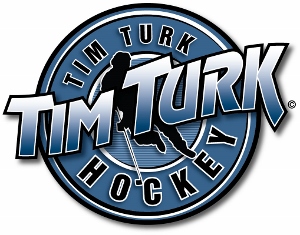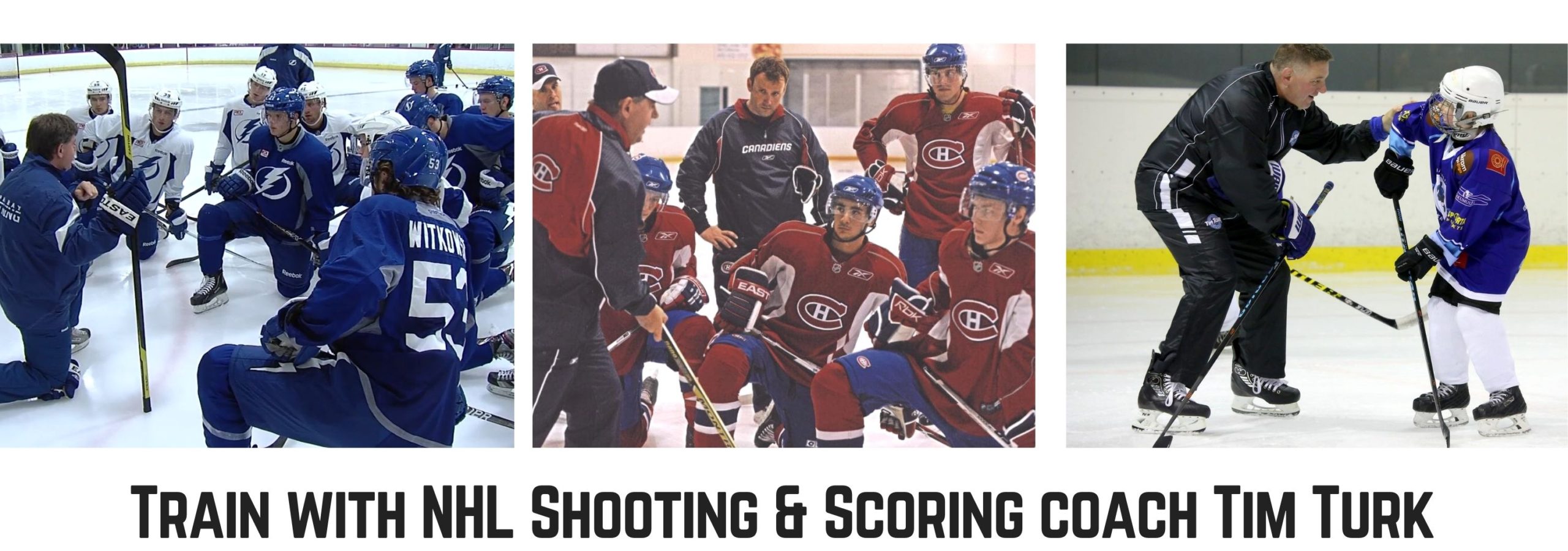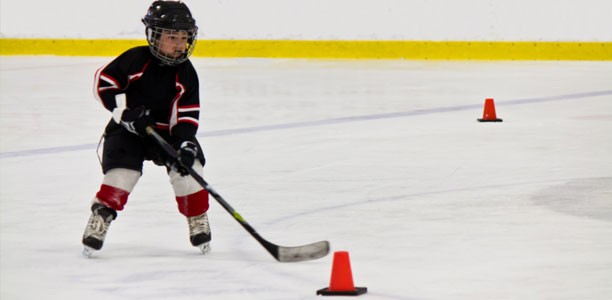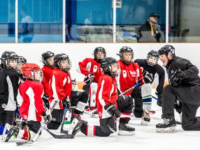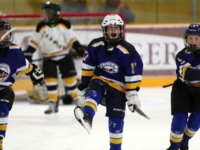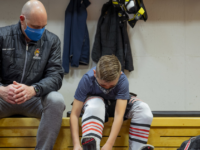During the course of a young hockey player’s career you may hear the following term used by coaches and players alike – Long Term Player Development (LTPD) Model. A good question that parents may have is, “ What exactly is the LTPD model and why is it important ? ” Simply put, the LTPD is a 9 stage model created by Hockey Canada, that seeks to maximize a player’s potential over the course of their life. The LTPD model covers physical, cognitive and emotional development. Below is an overview of the LTPD model.
Discovery ( Ages 0 – 4 ) :
The Discovery stage is where players learn to grasp fundamental movement skills such as running, gliding, jumping and catching. Children are preparing for a physically active lifestyle and are introduced to skating in this stage.
Fundamental 1 ( Ages 5 – 6 ) :
Young players will master fundamental movement skills that were taught in the Discovery stage. Players are encouraged to play a variety of sports. By playing a wide – range of sports, players develop physical literacy. Physical literacy is known as the ability to navigate and move around confidently in various environments and physical activities. Additionally, players are introduced to basic puck control and hockey skills in the Initiation Program.
Fundamental 2 ( Ages 7 – 8 ) :
Emphasis is placed on the players’ motor skills and coordination. Participation in compatible sports is encouraged in this stage. The Novice Skills program is introduced to encourage ongoing development of physical literacy, fitness and basic skills to play hockey.
Learn to Play ( Ages 9 – 10) :
This is the most important stage for a player to hone and master fine technical skills. This stage is critical as it often determines a player’s skillset for later stages. Players should be able to transfer skills and concepts taught in practice to games.
Learn to Train ( Ages 11 – 12 Female) :
This is the most important period for a player’s development. This period focuses on group interaction, team building and social activities. “Accelerated adaptation to motor coordination” is also emphasized during this period.
Train to Train ( Ages 12 – 16) :
As more time is devoted to hockey, involvement in other sports is reduced. As a result, there is continued development for hockey – specific technical skills. In this stage, players develop a solid foundation for aerobics, speed and strength.
Train to Compete ( Ages 16 – 17) :
Players will focus on technical skills related to the position that they play. These technical skills will be further honed whilst training under competitive conditions. Aerobic capacity, power and self awareness is solidified in this stage. At the end of this stage, players are introduced to international competition.
Train to Win ( Ages 18 – 20) :
A foundation has been established for a player’s mental, personal, technical and tactical skills. Training now focuses on maximization of a player’s skillset. Constant medical and fitness monitoring is required for players.
Excel ( Ages 21 and over) :
A player’s skillset is refined for excellence at International Competitions such as the Olympics and World Championships. At this stage, there is an emphasis for maintaining and improving skills (technical, tactical etc.) and playing at the highest level.
Similar models have proven successful around the world. Spain, the winner of the 2010 FIFA World Cup included 7 graduates of the youth program La Masia. Undoubtedly, there are some setbacks to the LTPD model, such as imposing adult programs on children and parents being uninformed of the LTPD model. Despite such setbacks, the model is a conscientious effort by Hockey Canada to provide a long term layout and cohesive system for hockey players nationwide.
